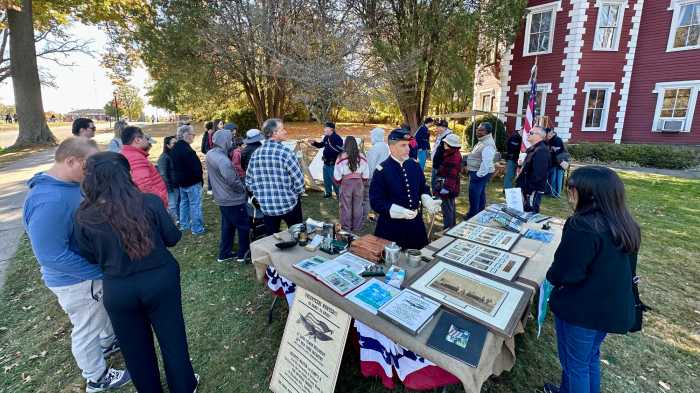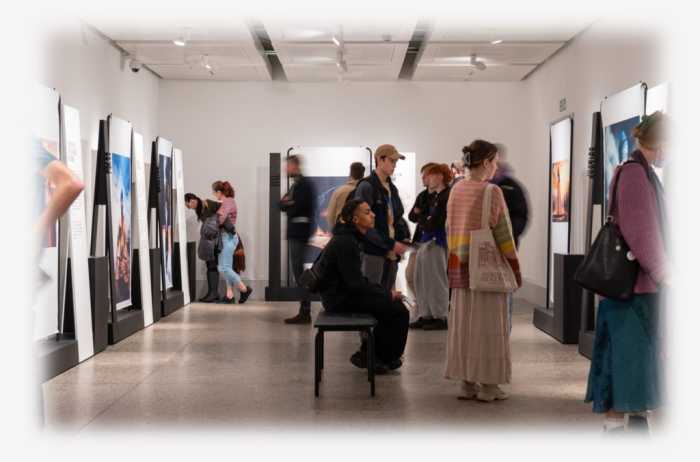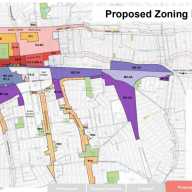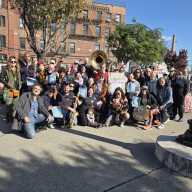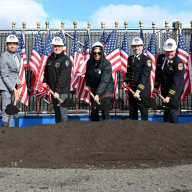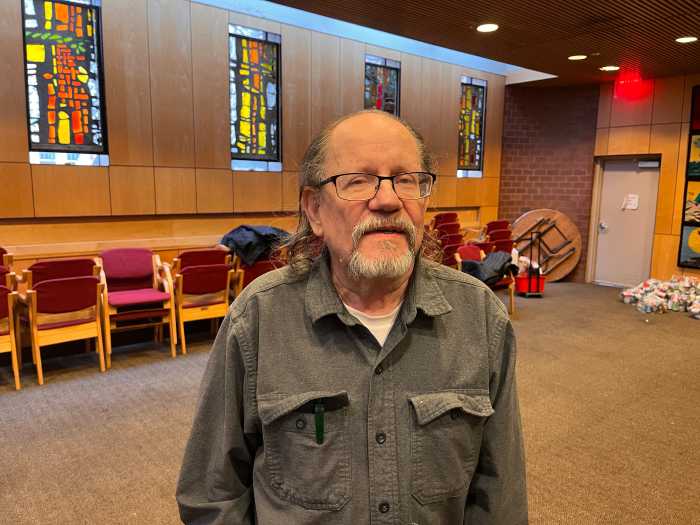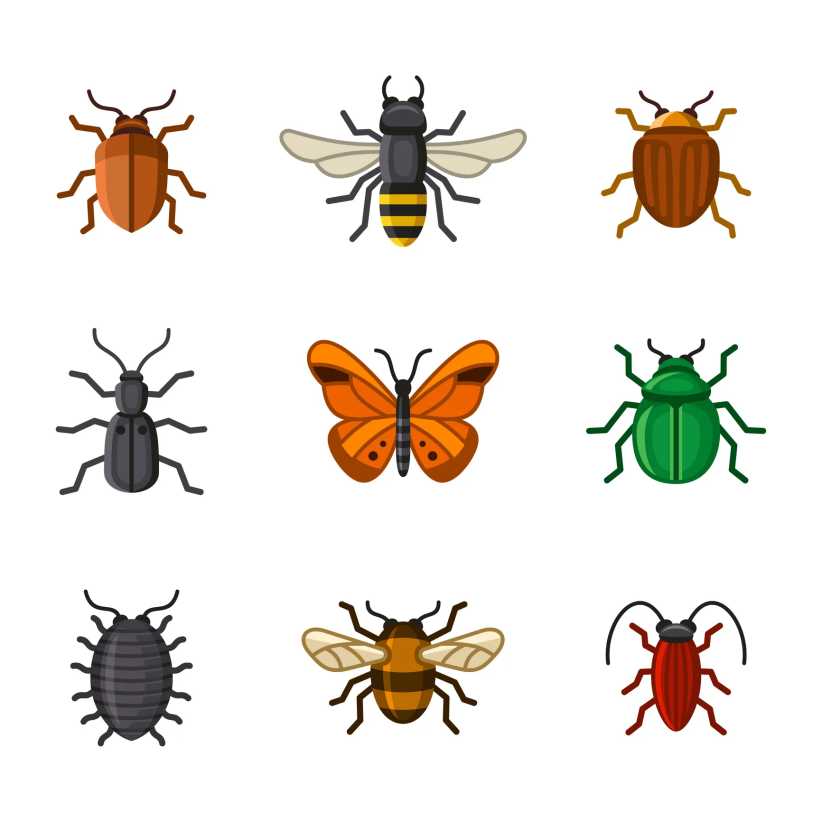“Our research showed there isn’t a major city on this planet with a museum that honors its citizens,” said Albert Stern, “so we’re trying to create one.”
“It’s never been done, a Hall of Fame that honors celebrities and non-celebrities, side-by side. It will honor the proverbial unsung.”
Albert Stern, 63, was born in Brooklyn and moved to Flushing in 1973. He used to manage a photo retail chain, and afterwards volunteered as a guide to tourists visiting Queens. For a year he portrayed Albert Einstein at the New York Hall of Science, and he entertained at children’s parties as a clown, Big Bird, Elmo, and other characters. Then he got the idea to create the New York City Hall of Fame.
First, he decided it should be in “Woodside, the geographic center of the city. I was told everything like this is in Manhattan, but Queens has places like the American Museum of the Moving Image and P.S. 1, the largest contemporary art museum in the world.”
Twelve categories were chosen, including: Architecture; entertainment; health and science; heroism; sports and volunteerism.
“The inductees must be people of principle and integrity, role models with a positive image, so people will be more than happy to emulate them,” said Stern. “A nominee has to have lived here at some point and contributed to the betterment of New York City.”
“We made a presentation to Queens Borough President Helen Marshall. She felt the concept was great and that it was worth exploring,” said Stern. “We mentioned it to the mayor and he thought it was a terrific idea.”
“Anyone can go to www.halloffame.org and nominate someone,” said Stern. “One of the criteria is that the person has to have received recognition from a legitimate source, which includes government and civic organizations.”
Among the lesser-known nominees is Natalia Paruz, a classically-trained dancer who switched to the musical saw, which she now plays at nursing homes and children’s hospitals. She brought a piece of the World Trade Center to the Wailing Wall in Jerusalem, her hometown. Another is Joanne Smith, the founder of a non-profit organization for girls. Both were featured in The New York Times.
“Sydell Kane, a principal who started a program to help immigrant parents learn more about how their children were doing in school, asked us who nominated her, and when we said it was her husband, she said, ‘That’s impossible, he passed on,’ ” said Stern. “It turned out that he had nominated her two years before but never got the chance to tell her.”
Those people nominating candidates can win tickets to a show, dinner at a restaurant and a book on New York trivia.
According to Stern, the honorees will be depicted with four-foot-high holograms, three-dimensional portraits in cylindrical form that come alive with movement as they revolve. “Imagine seeing a hologram of Derek Jeter hitting a home run or Tony Bennett singing (with added audio). At the base of each one there will be memorabilia. Right now we have one small prototype hologram, of a woman doing a Hawaiian dance.”
“The building will be a dome, with rings representing each of the boroughs. I would like to see the museum’s logo projected onto the sky above it,” said Stern.
“We have a plan to contact schools and develop programs connected with the museum. We would provide the instructor, videos, and quizzes. Children would benefit by learning about how to build character.”
“We need twenty-five million dollars, so we are contacting all the well-known New York City corporations, and trying to get grants,” he said. “We plan to induct twelve people each year, one in each category. If all goes according to plan, we’ll have our first in the fall. We’ll have to find interim exhibit spots like an office lobby or maybe a mobile display.”
“We’re very serious about what we’re doing. The museum would be a major tourist attraction. People would be enshrined in perpetuity.”





